Genetic Improvement
Host: Country Downs Station
Written by Nikki Elizovech – Owner, Country Downs Station.
The importance of genetic improvement is by no means a new area for many cattle breeders, or for any other livestock either, however, what is not well known by many is that the term “genetic improvement” can mean many things to people depending on their background. For example, a geneticist would immediately understand and perceive what we are talking about on a much more detailed and scientifically based platform using words such as genes, genomic sequencing, alleles, chromosomes, phenotype, genotype, and the list goes on. On the other hand, a lay person within the industry might well be aware of what these concepts are or mean, but tend to be more interested and focused on the characteristics that those resulting individuals exhibit when planning a mating program whether through AI or the ‘normal’ mating process.
We thought that it would be interesting to some readers to learn a little bit more in layman’s terms what we mean when we talk about genetic improvement of our herd and so would like to share some of our thoughts on the subject to allow people a deeper insight to some of the more complex aspects of our industry.
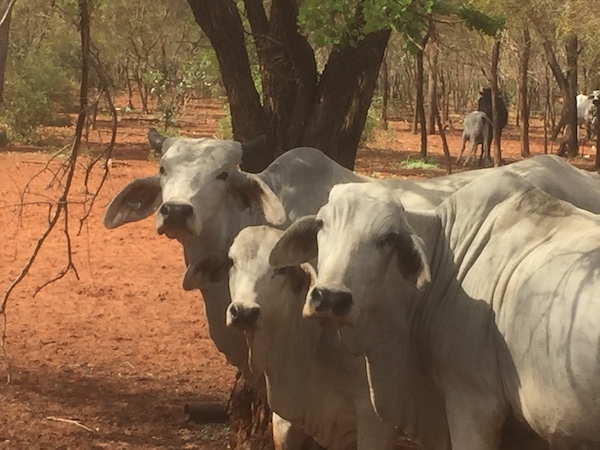 A great demonstration of strong genetics . . . Mother and two daughters from different seasons.
A great demonstration of strong genetics . . . Mother and two daughters from different seasons.
HETEROSIS – also called hybrid vigour
Heterosis is basically the increase in characteristics such as size, growth rate, yield, and fertility over that of both individual parents. The strength of the increase or ‘improvement’ is amplified the more genetically unrelated the parents are.
For example, the main cattle breeds in the Northern Australia are of Bos Indicus origin (think Indian style animal with a hump), so crossing with a completely unrelated Bos Taurus breed (think Spanish “El Toro” style of animal) with tropically adapted traits is a significant advantage over breeding purebred cattle in terms of genetic advantage.
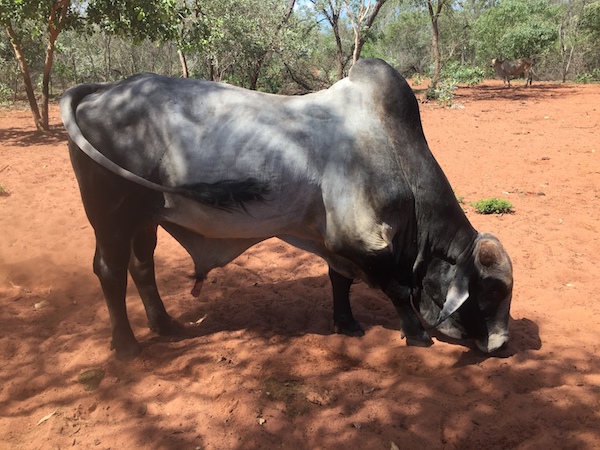
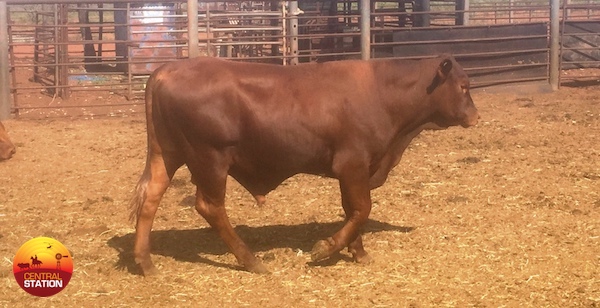
POLLEDENESS – it doesn’t grow horns
Lack of horns is a significant advantage to our industry in that the animal isn’t putting energy in to growing an appendage that is a liability to us. Ways in which the presence of horns can be considered a liability is in terms of human and other animal welfare, restrictions to market access and can also be a significant loss of production due to the body’s (i.e. of the animal) costs associated with dehorning. And let’s face it, nobody with any brains likes dehorning!
This all sounds pretty simple initially, but then we find out about what is called the AFRICAN HORN GENE which is a recessive trait that applies to Bos Indicus genetics that means that polled Brahman type cattle can still have horned progeny due to this second gene interacting with the normal poll/horn gene determining the presence, or not, of horn. While there is a genetic test to discern whether a particular animal carries the “horn” gene, it is all about time and money to do these tests, which many producers don’t have a lot of to spare. However, Bos Taurus cattle don’t have this African Horn gene, so if its polled naturally it will pass this on to its progeny 98% of the time, according to research done in recent times. For those interested, further information regarding genetic inheritance of Horn, Poll and Scur gene can be found on many websites, but the following link describes it very well . . .
https://projects.ncsu.edu/cals/an_sci/extension/animal/news/aug96/aug96-3.html
TEMPERAMENT
Animals of a nervous or aggressive nature tend to pass these traits on to their offspring partly with genetics, but also with learnt behaviour. Eliminating these animals from our herds result in many advantages, not only limited to ease of handling and lower risk to humans and the animals themselves, but also better growth due to not wasting energy on nervous behaviour.
FERTILITY
Selecting animals that mature early will improve the fertility of the entire herd in future generations, particularly in the case of bulls as they can cover multiple pregnancies each season, where a cow only raises one calf each season. Fertility is a moderately inherited trait, that the bull will pass on to his daughters.
PHENOTYPE NOT GENOTYPE (Physical expression of traits vs genetic composition)
If you understand the adaptation traits that are important to your environment then you can select for phenotype, the expression of their physical traits, from pretty much any genetic group and breed a fertile, adapted animal that fits your environment and markets, within reason.
SENEPOL F1
We have been buying yearling Senepol bulls for five years now to breed to our Brahman cows and are starting to see some excellent results, so much so that we also purchased some purebred Senepol females from a stud dispersal to ensure our supply of genetics into the future.
This wet season, we have mated 1000 cows to Senepol bulls on the strength of the results we have been getting with our earlier trials that were based on research work done in the NT some years ago.
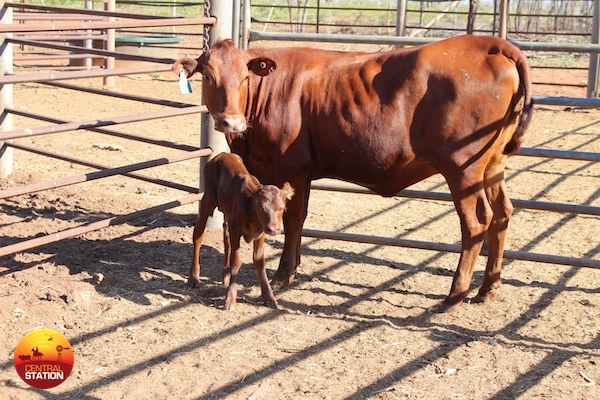
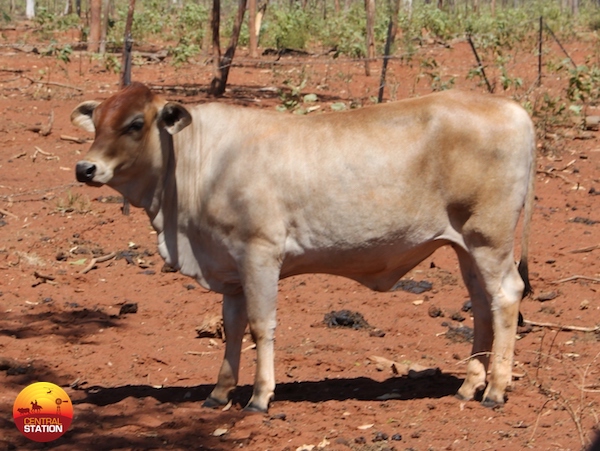
Senepols exhibit a number of traits we desire to amplify in our genetic base:
- Polled genetics, 98% polled progeny over 100% horned cows. This means that we can breed our horns off in one generation, this is a massive benefit.
- Maximum heterosis from crossing completely unrelated tropically adapted breeds.
- Good temperament means easier handling and better weight gains.
- Carcase quality, Senepols have excellent results in carcase judging, particularly compared to Bos Indicus breeds that are hard to sell in some markets for this reason.
- Market access – these animals have shown to be suitable for both domestic and live export.
Are you bored yet?
The point I am trying to illustrate here is that there is a whole lot more to running a successful business in our industry than most people realise. Most people think it’s all about the more traditional type of operations such as mustering and branding. We now focus on the landscape and genetics because it doesn’t matter how good you are at catching them if they are not to market specifications or are too light in condition due to overstocking or poor land management.
We can’t stop drought or bushfire having impact at times, but I can tell you from first-hand experience that the better condition your land and animals are in, the less it actually impacts you. If your animals are fat, fit, and happy to begin with, you have months of breathing space that others with animals/land in poor or less than suitable condition do not have.
I will leave you now with a bit more food for thought about the role genetics plays in our industry.
